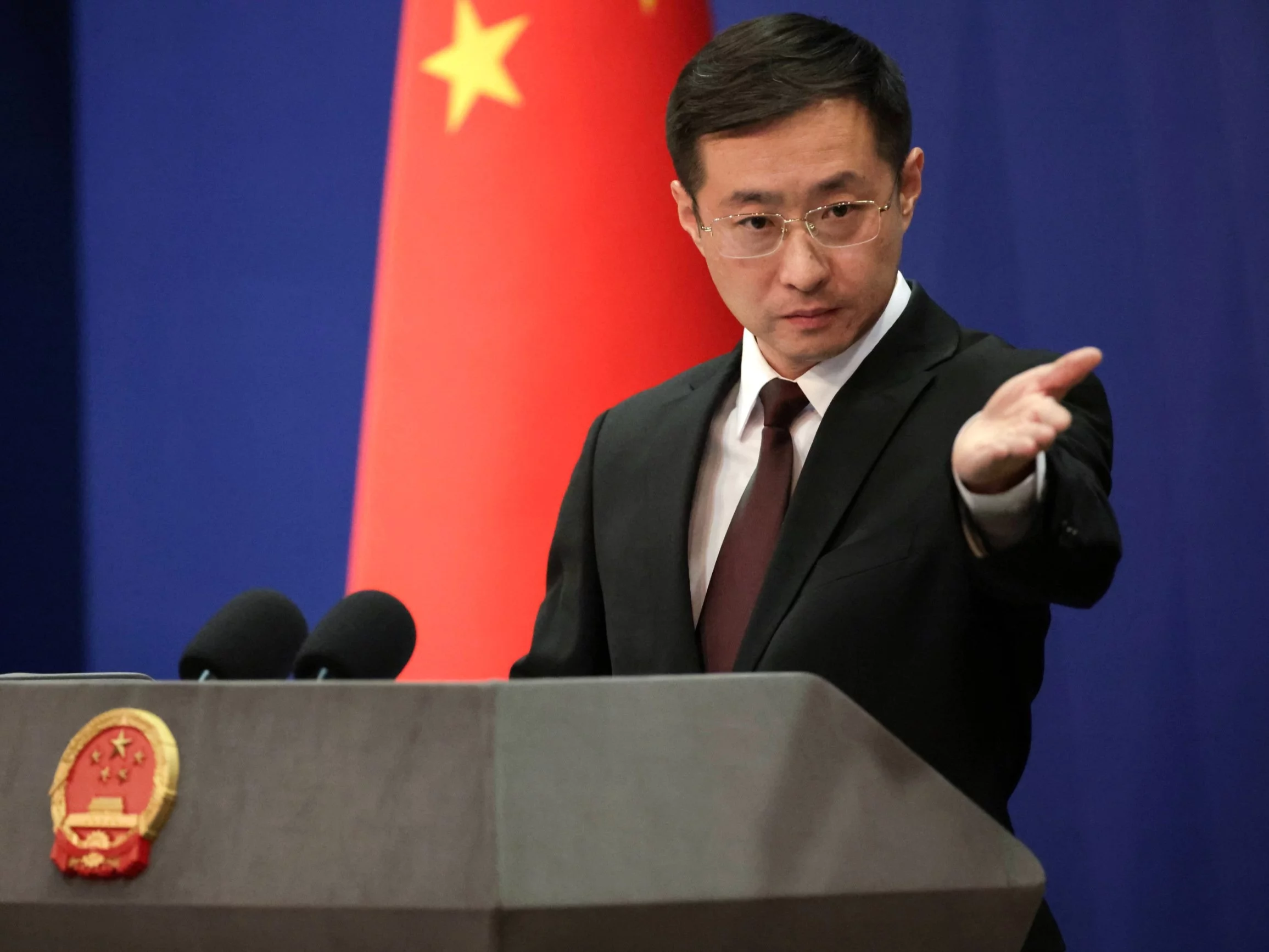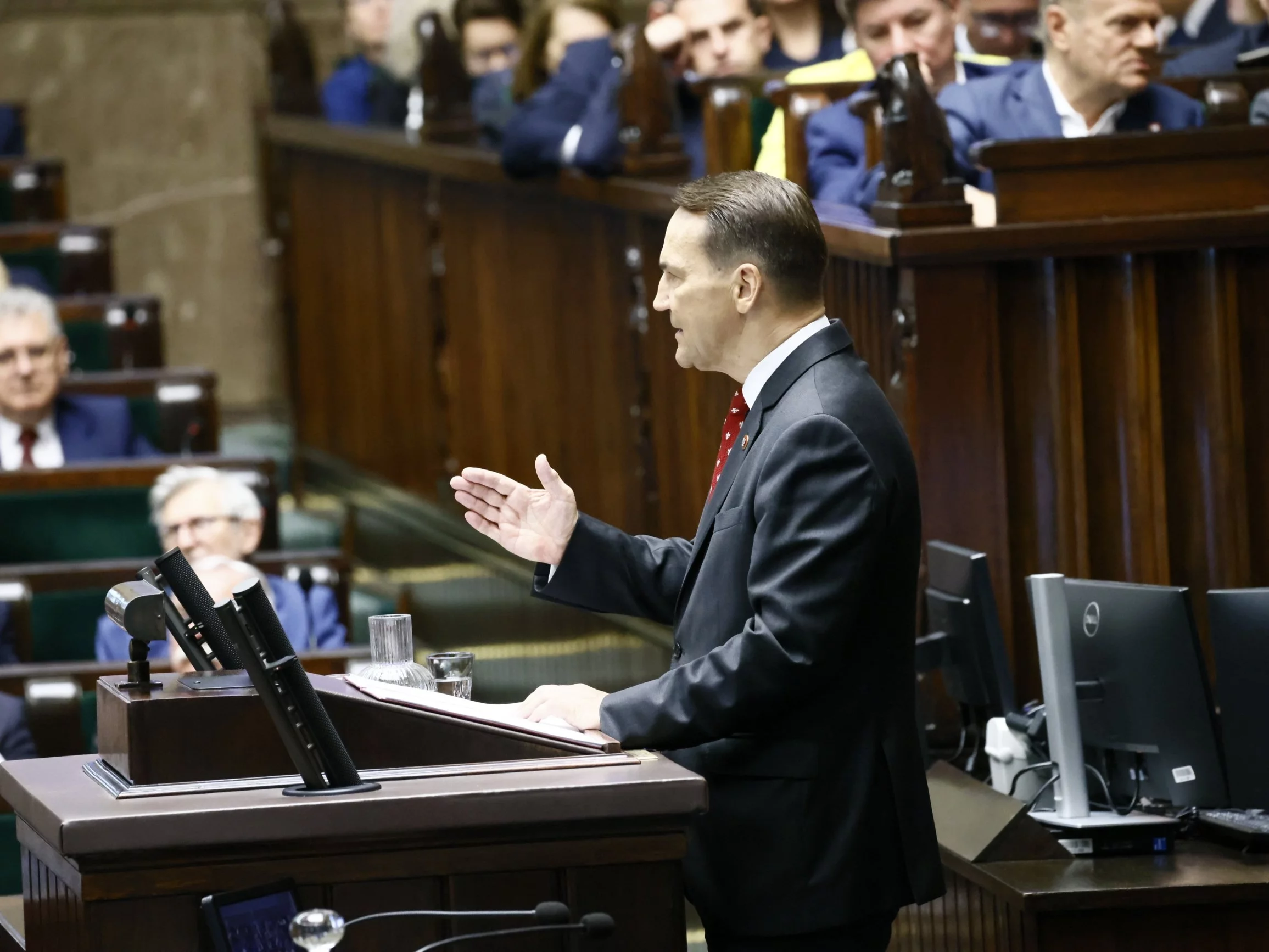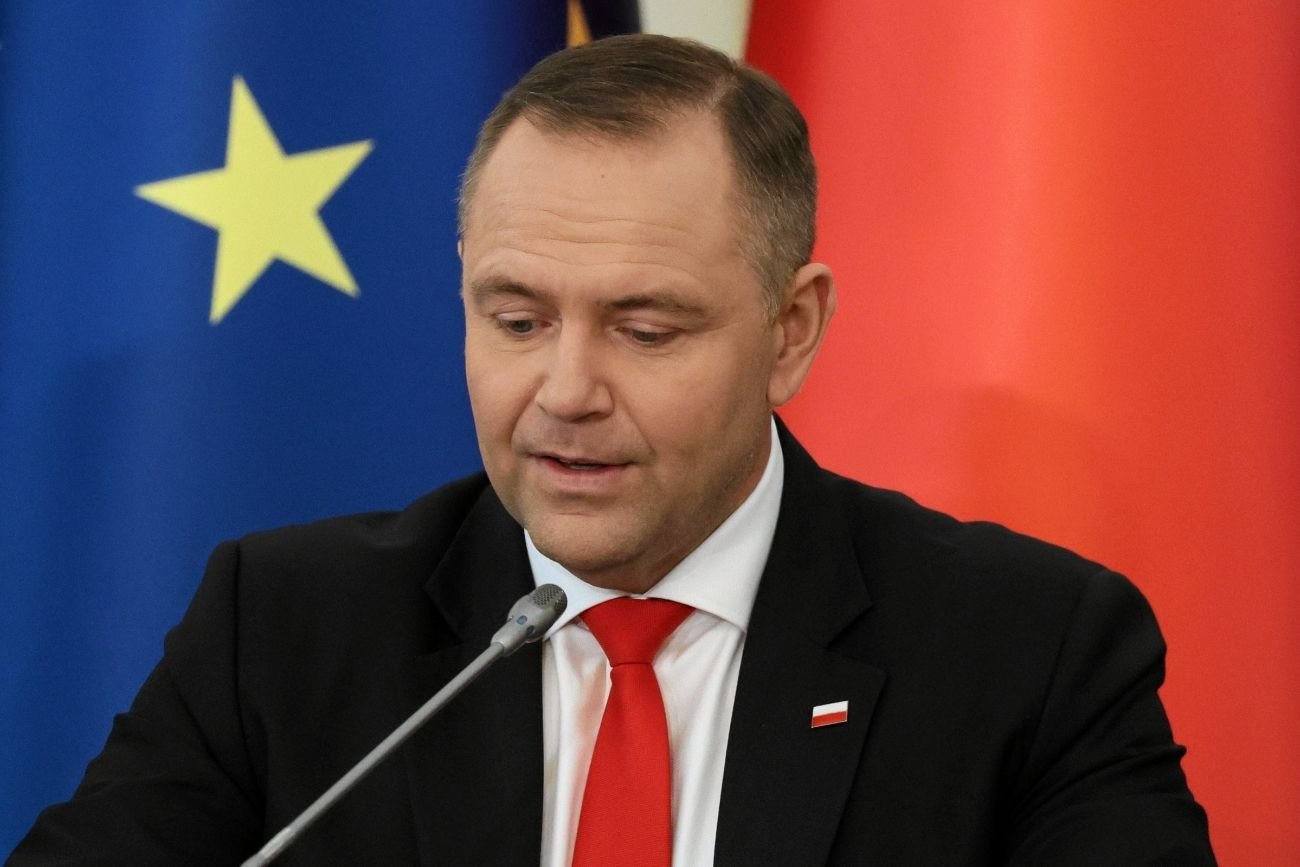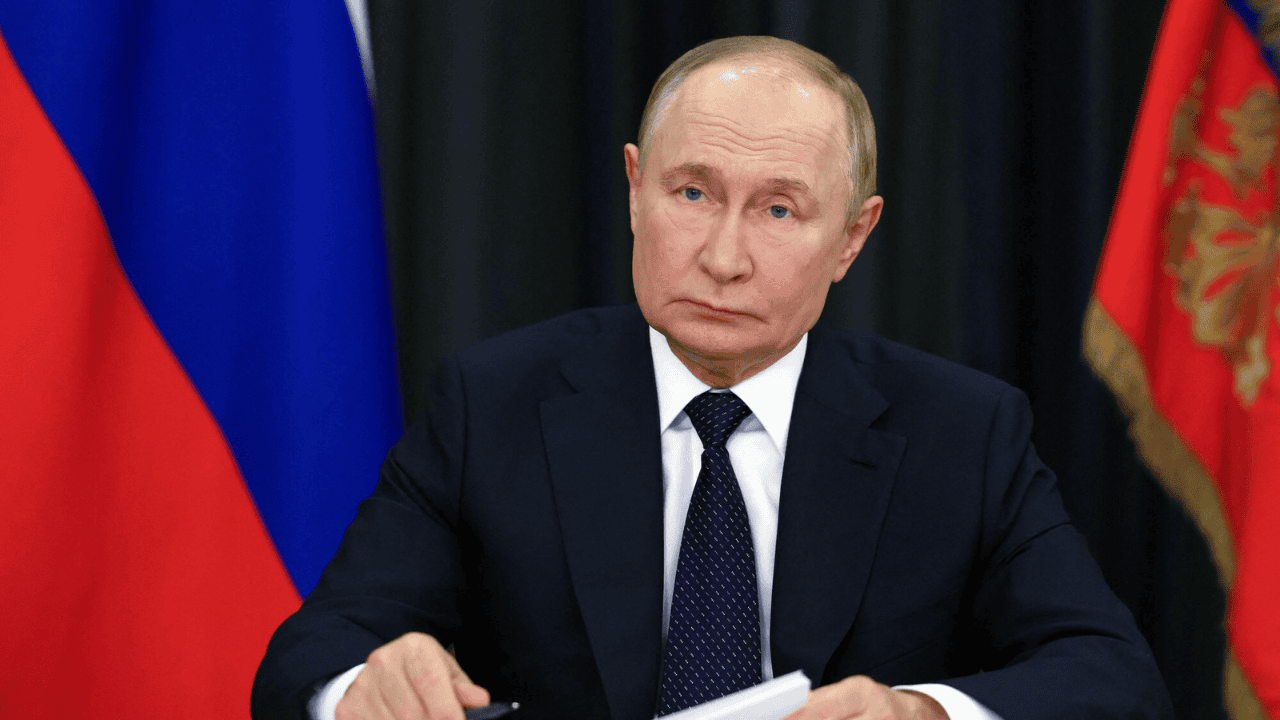
Производственный сектор Канады столкнулся с резким снижением на фоне тарифов и торговой неопределенности
Производственный сектор Канады сократился пятый месяц подряд, а индекс менеджеров по закупкам S&P Global Canada Manufacturing Purchasing Managers (PMI) упал до 45,6 в июне, по сравнению с 46,1 в мае - значительно ниже нейтральной отметки 50, которая отделяет рост от сокращения, согласно Financial Post.
Последние данные показывают самое резкое падение производства с весны 2020 года, когда началась пандемия. По данным S&P Global, этот спад был вызван слабым спросом, резким падением новых заказов и продолжающимися торговыми проблемами. «Отсутствие новых заказов послужило основой последнего спада и помогло объяснить самое резкое сокращение производства с начала пандемии», - сказал Пол Смит, директор по экономике S&P Global Market Intelligence.
Производители сообщили о значительном снижении экспортного спроса, особенно из США, на которые приходится около 75% экспорта Канады. Рост цен из-за тарифов США сделал канадские товары менее конкурентоспособными. В результате международные заказы упали на одном из самых высоких показателей в истории исследования.
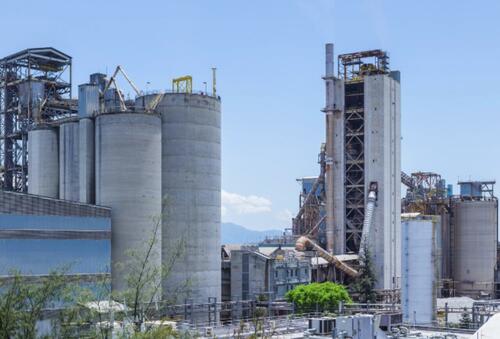
«Экономика обрабатывающей промышленности Канады продолжала бороться с тарифами и сохраняющейся неопределенностью, связанной с будущей торговой политикой», — добавил Смит.
Падение вынудило фирмы сократить производство и сократить закупки, что привело к самому быстрому падению входных запасов за пять лет. Частично это было связано с преднамеренным затовариванием, но задержки в цепочке поставок также заставили компании полагаться на существующие запасы.
Занятость в этом секторе сокращается пятый месяц подряд, при этом фирмы предпочитают не заменять увольняющийся персонал или увольнять сотрудников для управления расходами. «Неудивительно, что международные продажи были особенно подавлены, и на этом фоне фирмы предпочли еще больше сократить свою занятость и покупательскую активность», - сказал Смит.
Несмотря на мрачные данные, некоторые производители осторожно настроены оптимистично. Уверенность в перспективах выросла до самого высокого уровня с января, хотя и остается ниже среднего исторического значения. «Хотя настроения улучшились в надежде на некоторую стабильность в будущем году, уверенность в перспективах остается сдержанной и неопределенной», — сказал Смит.
Тайлер Дерден
Мон, 07/07/2025 - 12:40

